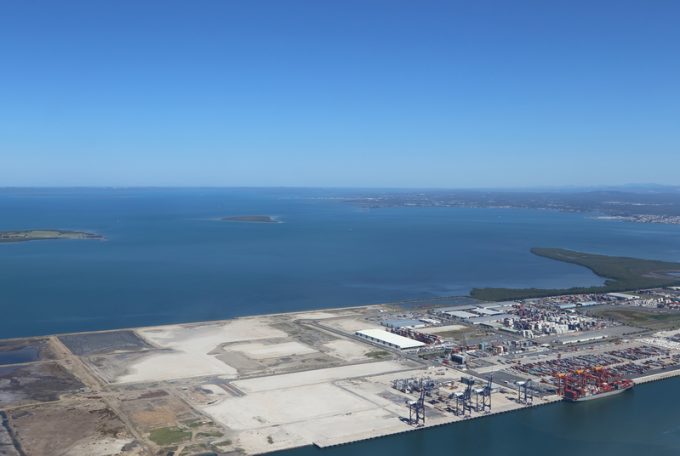Competition concerns over DP World takeover of Silk Logistics
Australia’s Competition Commission (ACCC) has flagged a series of concerns over DP World’s proposed acquisition ...

Terminal operators in Australia have been accused of “turning on the money tap again,” following new “port infrastructure” surcharges and steep hikes to vehicle booking system (VBS) fees.
According to the Container Transport Alliance Australia (CTAA), from 1 July VBS slot fees at DP World terminals increased ...
Keep our news independent, by supporting The Loadstar
Red Sea crisis has driven most new capacity into extended Asia-Europe trades
Rapid transpacific capacity build-up continues – can USWC ports handle it?
Crew forced to abandon ship in latest fire on vessel carrying EVs
The Loadstar Podcast | Transport Logistic and Air Cargo Europe 2025
Carrier price hikes hold, driving spot rates higher as space gets scarcer
Carriers on the hunt for open tonnage again as transpacific rates soar
Uncertainty drives Yang Ming fleet boost as focus switches to Asia-Europe trades
Asia-West Africa ULCV deployment opens new markets for carriers
Project cargo: oversized and heavy, posing risks outside the norm for ports
Turkish Airlines falls foul of air safety regulations, claims India's aviation authority

Comment on this article